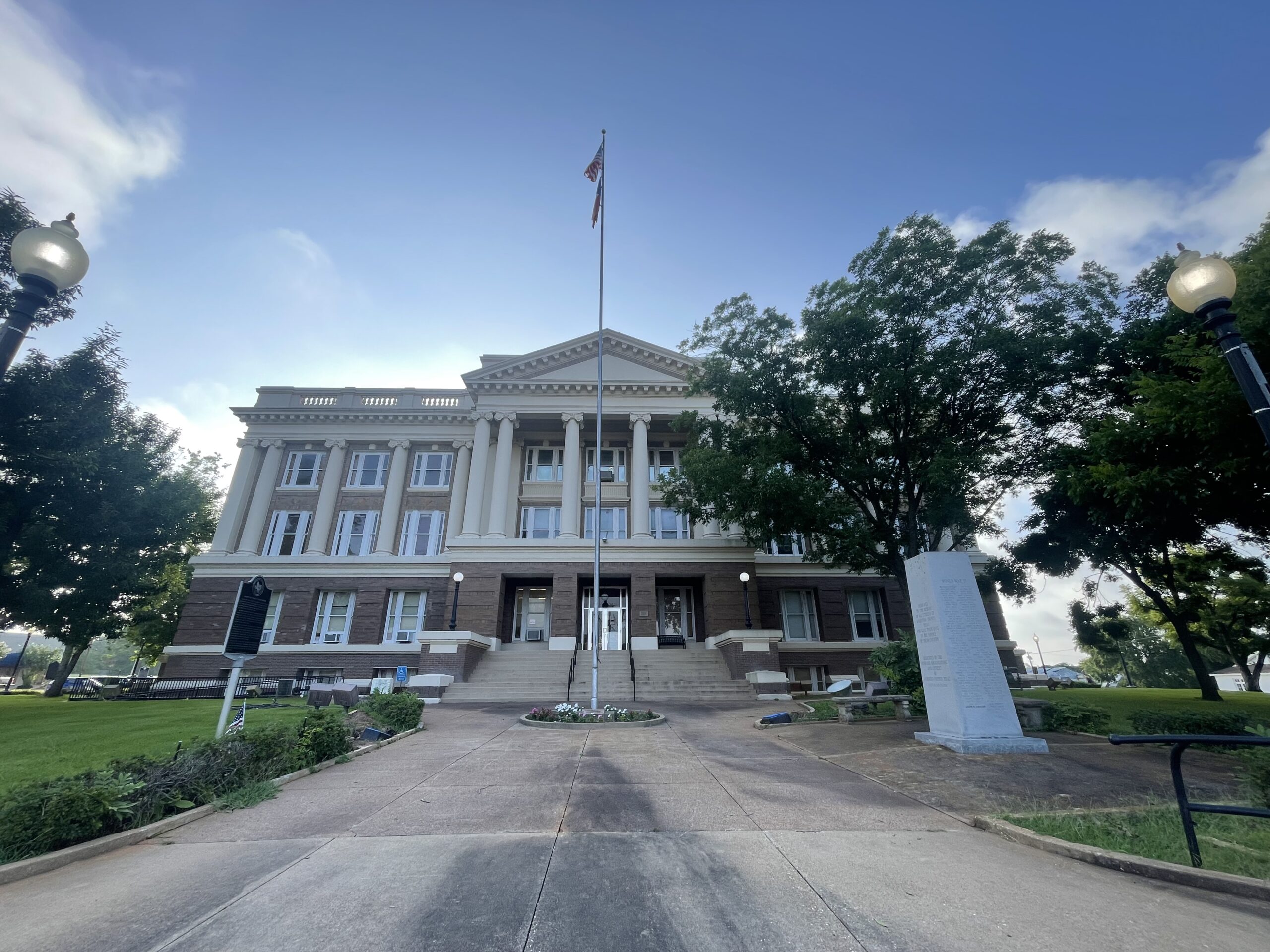ustxtxb_obs_1976_04_09_50_00003-00000_000.pdf
Page 14
Future .. . into useful, publishable form the inputoutput data for the year 1967. The effect of “indirect” energy expenditures often makes for sharp differences between his analysis and that of other experts who use more recent data consisting of “direct” expenditures only. “Now, can anybody name the fourthlargest consumer of energy in our economy?” Nobody could, so he supplied it: medical and related services. “We’ve spent 30 years equipping ourselves with lots of big, modern, expensive hospitals, and now instead of the man with some tongue depressors and methiolate, we have the man with five rooms full of fancy electronic devices and treatments, who moves around faster than Mamie Stover.” By comparison with these four energyconsumers, he said, all other uses are trivial. He had made the point that we have an energy-management crisis to the extent that most of us don’t know where our energy really goes. Turning to the supply side, Dr. Wortham had a statistician’s field day with all the different methods of graphic analysis of the amount of fuels in the world and the U.S., versus the amounts being consumed. He warned that no analysis of fuel reserves can be understood without knowing the assumptions on which it is based. His major conclusion: Beware the short-term trend. “We’ve run out of oil before. Several times,” he said. “But what happened was, we promptly went out and discovered some more.” Could that happen again? Or haven’t we already found all,the oil and” gas there is? Dr. Wortham said he didn’t know. Nobody knows, and nobody will until further exploration is done. Even if we have topped out in U.S. petroleum and gas, as seems probable, all kinds of changes in the way we find, develop, and use petroleum are possible, and can have big influences on how much remains and how long it lasts. As for the recent change in ownership of world oil vs. U.S. consumption of it, he urged we avoid leaping to conclusions about the need for so-called energy independence. “After careful consideration, we might well decide to trade wheat for oil, and benefit from such an exchange.” Energy independence in itself was not necessarily a good thing from all standpoints. “Mexico is energy independent, you know. Mexico will soon join the petroleum exporting nations. Now, does anybody here know how much a gallon of PeMex costs?” “A dollar,” replied a student from Mexico. What should energy independence consist in, anyway? A 10-year supply at present rates of use? A 20-year supply? At what price? If a nation’s oil is regarded like a business regards its inventory of goods, it makes no sense to have on hand more than the amount you expect to use in the time it normally takes to obtain some more. To do otherwise just means you pay interest on the capital invested in finding it. Thus, in spite of projection curves all tending to show the U.S. possessed of about a 20-year supply of domestic oil at present prices and use-rates, Dr. Wortham said: “I expect we will always have about a 20-year supply.” But, he added, we may use it to make clothing rather than run our cars. We should continue to develop and use oil and gas, because our whole economy happens to be geared to ,them, he said. After that, we should look toward, developing our vast supplies of coal. After coal, efforts should be put into geo-thermal and geo-pressure energy sources, with which Texas is bountifully endowed. He expressed skepticism about both nuclear power and solar power, for the same reason: The last word is not in on the net power output of either one. Net power means you subtract the energy you must put into a process from the total energy you get out of it. For example, it takes huge quantities of electrical energy to run the gaseous diffusion plants that separate Uranium 235, which will spontaneously fission, from Uranium 238, which won’t. Without this heavy expenditure we could have no enriched uranium fuel for the current type of nuclear reactor. The A.E.C. would .never tell how much electricity really went into isolating U-235. Classified, you know. And now E.R.D.A. is being vague on the point. In the opinion of Dr. Wortham, and many other experts, including Dr. Edward Teller, the breeder or fast-neutron reactor will prove a necessity if we are not simply to exhaust our supplies of uranium in their turn. And even Dr. Teller is scared of the breeder reactor. Dr. Wortham said he thought we needed to develop the breeder, while keeping our fingers crossed. “The nuclear industry is the cleanest, safest industry we’ve ever had … so far….” And, he noted, the supply of world Uranium obeys the same laws that govern the supply of oil. The price of `yellowcake’ U308 ore has gone up. Spot prices of $40 per pound are now reported. Just last fall, it was $12. Since some people are betting the U.S. will continue to add nuclear generating plants at about 15 percent capacity per year, and hence need about 100,000 tons of uranium ore in 1990, while known resources cannot meet such needs after 1983, the market is busy bidding up the price. Right now, paradoxically, nobody needs any more of the stuff, because long-term contracts cover the utilities until 1978. But not in the case of the South Texas Nuclear Project at Bay City which is presently so much in the news. Westinghouse, the nuclear contractor, has negotiated a firM price only for the first year of the ten years it has agreed to supply fuel. The price for the next nine years is undecided. The plant’s working life should be about 30 years. ENERGY DEMAND FALLING “Right now, with world energy demand falling behind projections, and oil prices weakening, the buildup of nuclear power is looking somewhat less urgent,” said Neil McInnes in Barron’s on March 5. Howzat? World energy demand falling behind projections? Yes, admitted Robert Bolger, assistant vice president of Commonwealth Edison of Chicago, speaking at the San Antonio Energy Symposium March 22, the historical pattern of load growth for U.S. electrical utilities has changed completely since the Arab oil embargo. Instead of galloping along as before at about 7 percent increase per year, it has slowed to as little as 1 percent in some service areas. What did it? Skyrocketing utility rates and the customers’ efforts at conservation. Dr. DaVid Davidson, a metallurgist at Southwest Research Institute and professor of Environmental Management at U.T.S.A., said essentially the same thing at the second session of the St. Mary’s Engineering Seminar, on March 19. Assuming the present mix of energy sources and uses, a variety of studies estimate the nation couldif it chose to make the effortsave as much as 30 percent of the current level of energy use by 1990. Significant savings could be obtained by changes in lifestyle, or in design and construction of houses, or in the design of cities April 9, 1976 3


